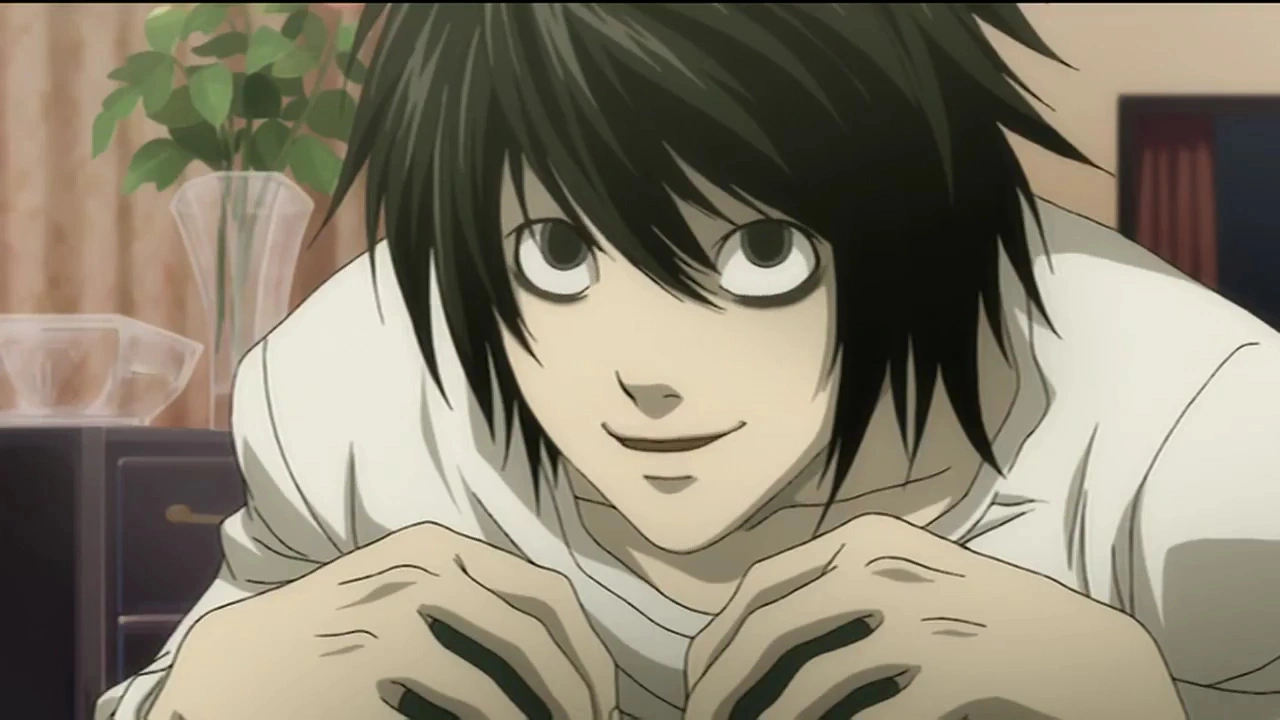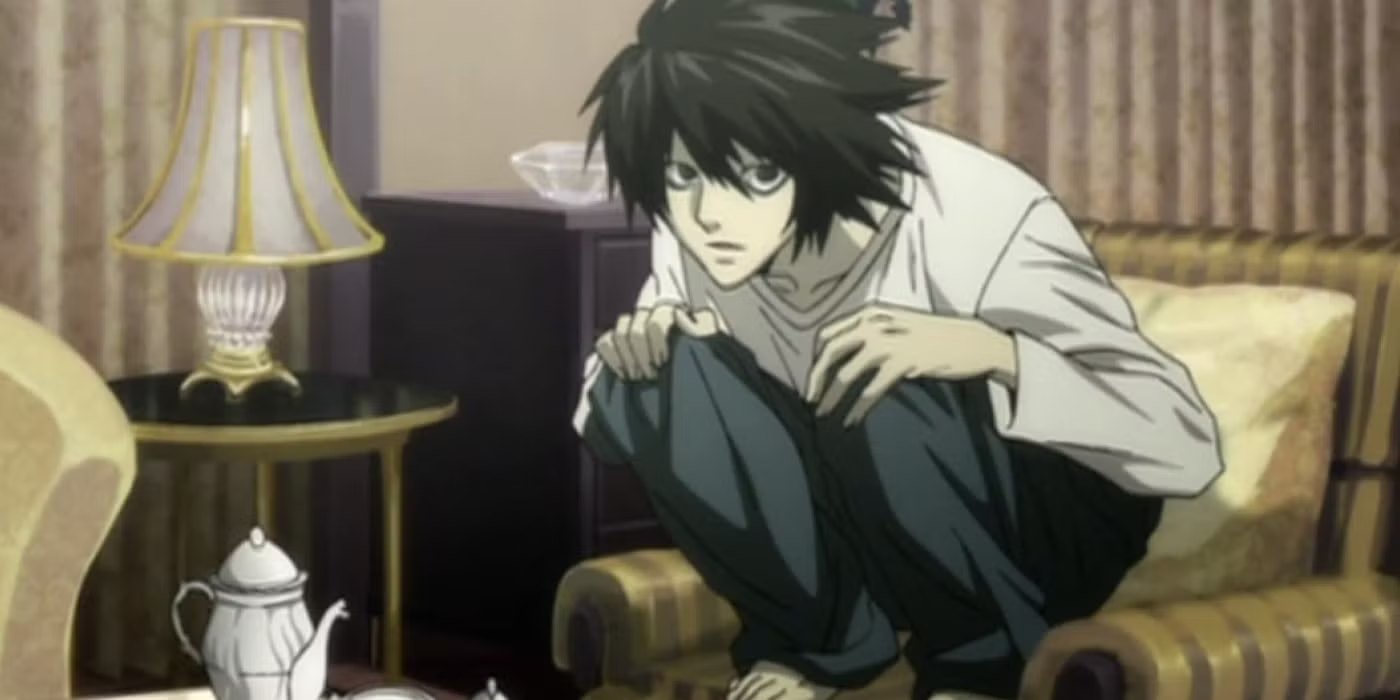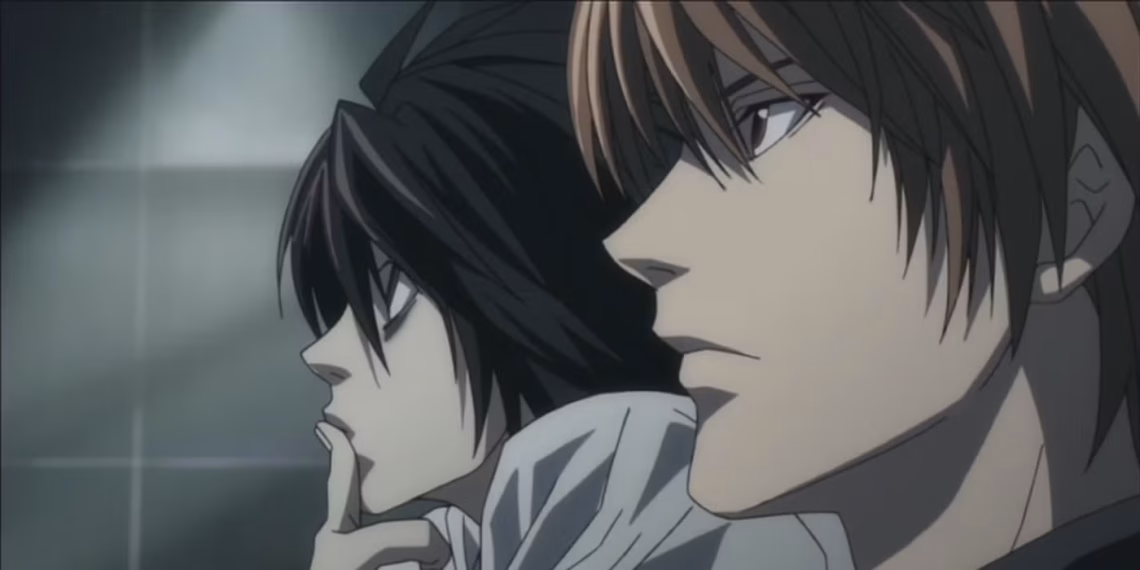In a controversial move, a school principal in Ohio has been fired after assigning Death Note as part of the required reading for a high school class. The decision, initially praised for introducing students to popular culture, quickly spiraled out of control when students began mimicking the anime’s infamous concept—writing each other’s names in notebooks as a joke. The incident ignited a firestorm of complaints from parents and community members.
Death Note is known for its dark themes, including murder, justice, and morality. While the anime has been critically acclaimed, its content is often considered unsuitable for younger audiences due to its psychological intensity and violent narrative. Teachers and administrators have long grappled with whether anime can be included in educational settings without raising safety concerns or upsetting parents.
The Fallout and Community Reaction

According to NBC News, the decision to include Death Note in the curriculum led to immediate backlash from parents. Some students reportedly began acting out scenes from the anime, with some even jokingly writing their classmates’ names in notebooks. The situation became more concerning when rumors spread that students were taking the concept too far, sparking fears of real-world violence.
The principal, who had defended the choice as an opportunity for students to analyze themes of morality and justice, was swiftly removed from their position following the outcry. District officials cited the need to uphold a safe and appropriate learning environment, while critics questioned whether the firing was too extreme. Supporters of the principal argue that the decision to include Death Note was a well-meaning attempt to engage students with contemporary media, which ultimately backfired due to lack of proper context and supervision.
The Debate Over Anime in Schools

This incident has reignited debates on whether anime should have a place in the classroom. Advocates for anime argue that it can be an effective tool for engaging students in discussions on ethics, philosophy, and storytelling. However, critics contend that the violent themes found in many anime are unsuitable for younger audiences and should be kept out of educational curricula.
As the story continues to unfold, schools across the country are reevaluating how to approach popular media in academic settings. The debate will likely continue, particularly as anime grows in prominence among youth culture, raising the question of whether traditional educational standards can keep up with modern forms of entertainment.
Also Read: 12 Anime That Are Surprisingly Educational




